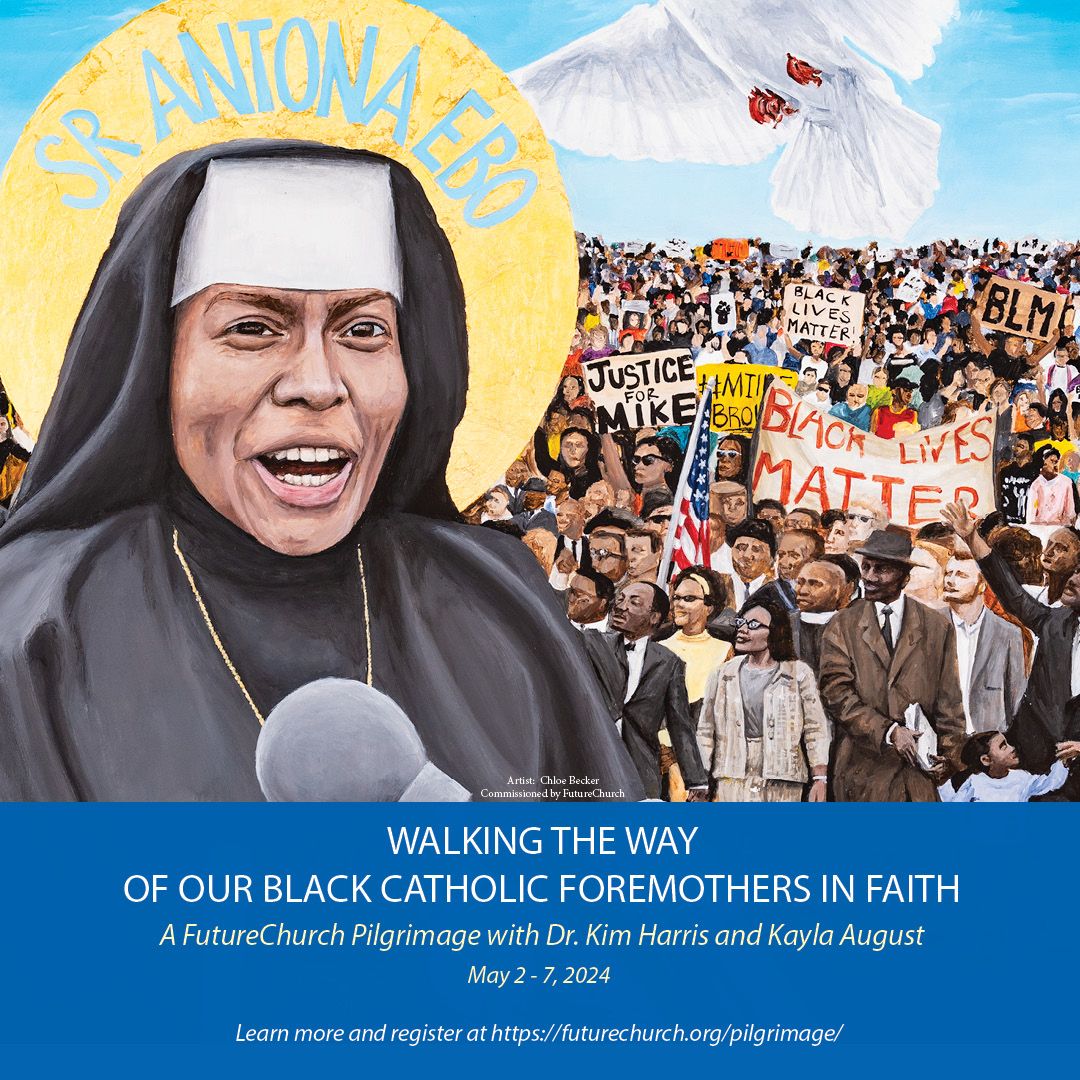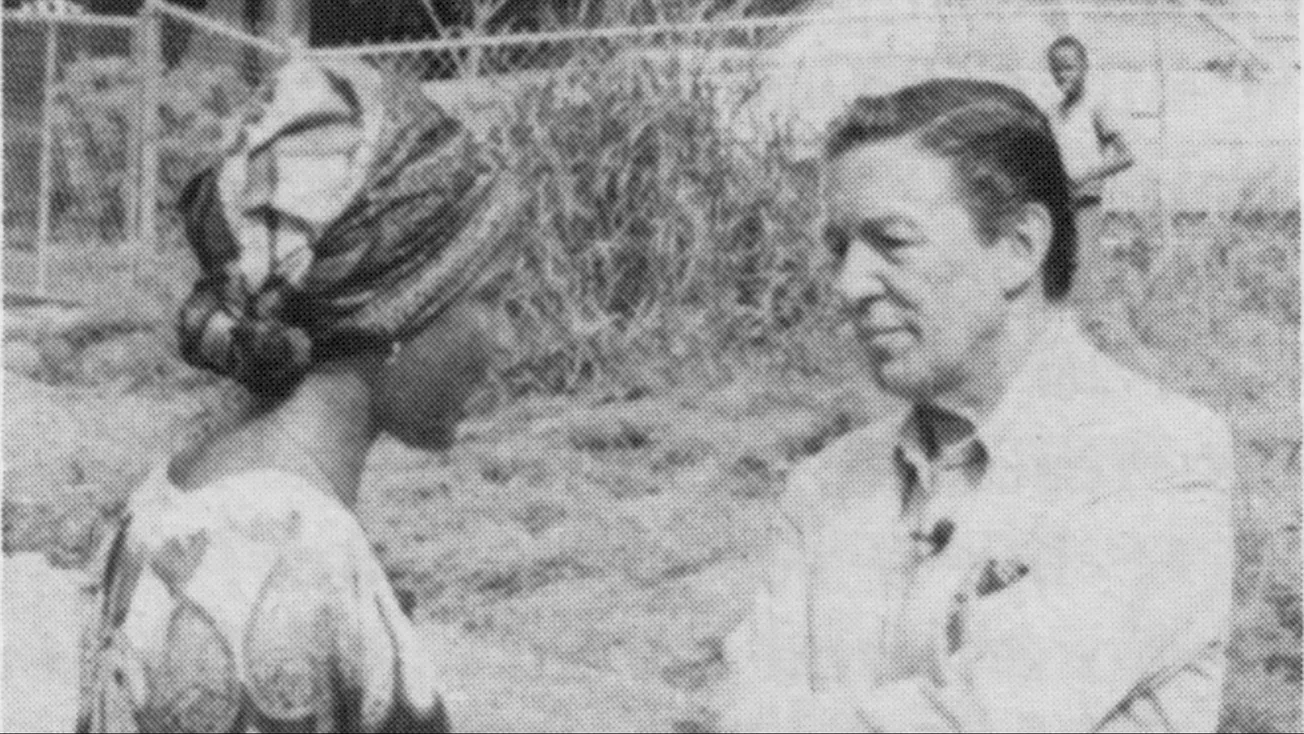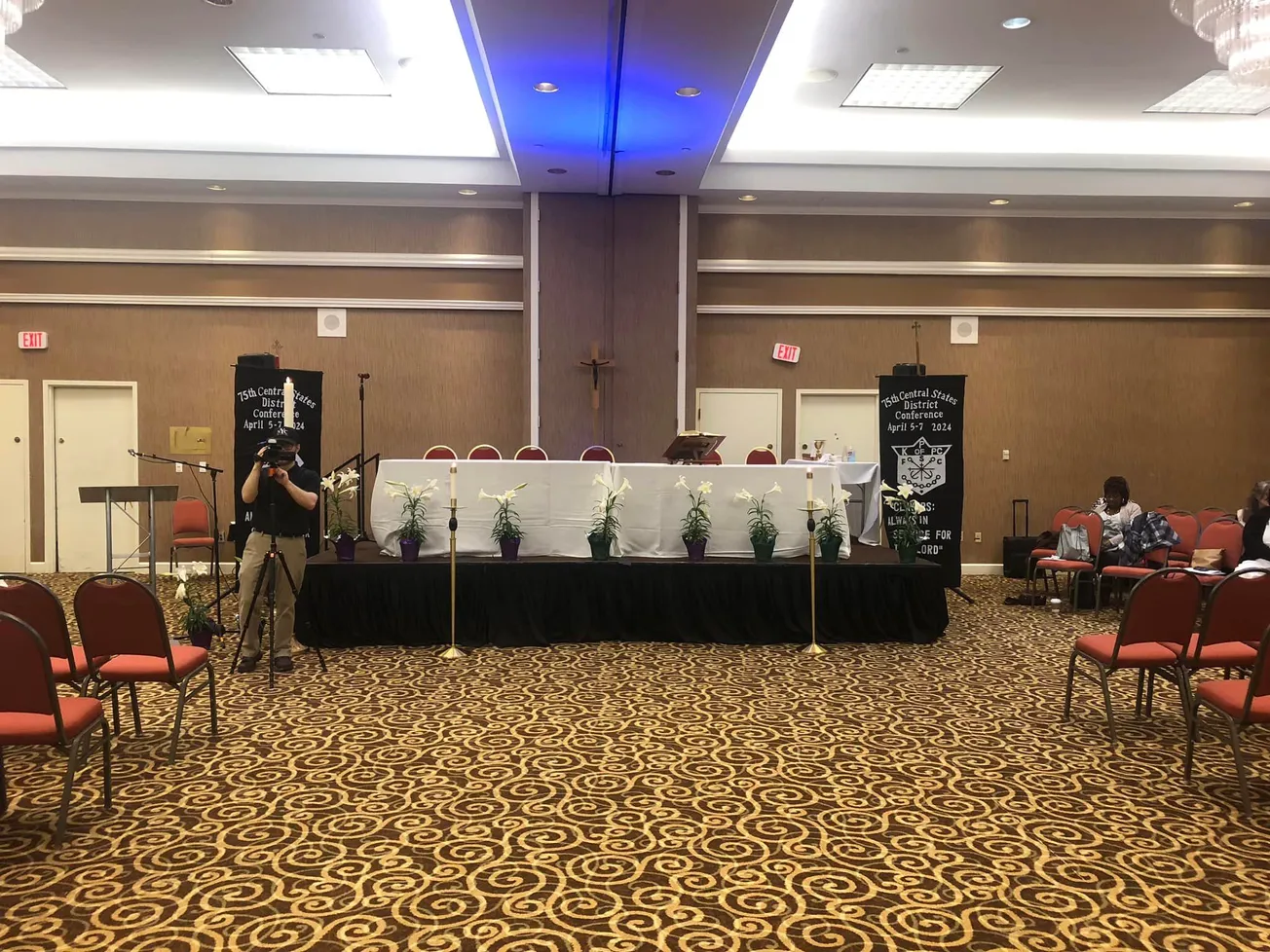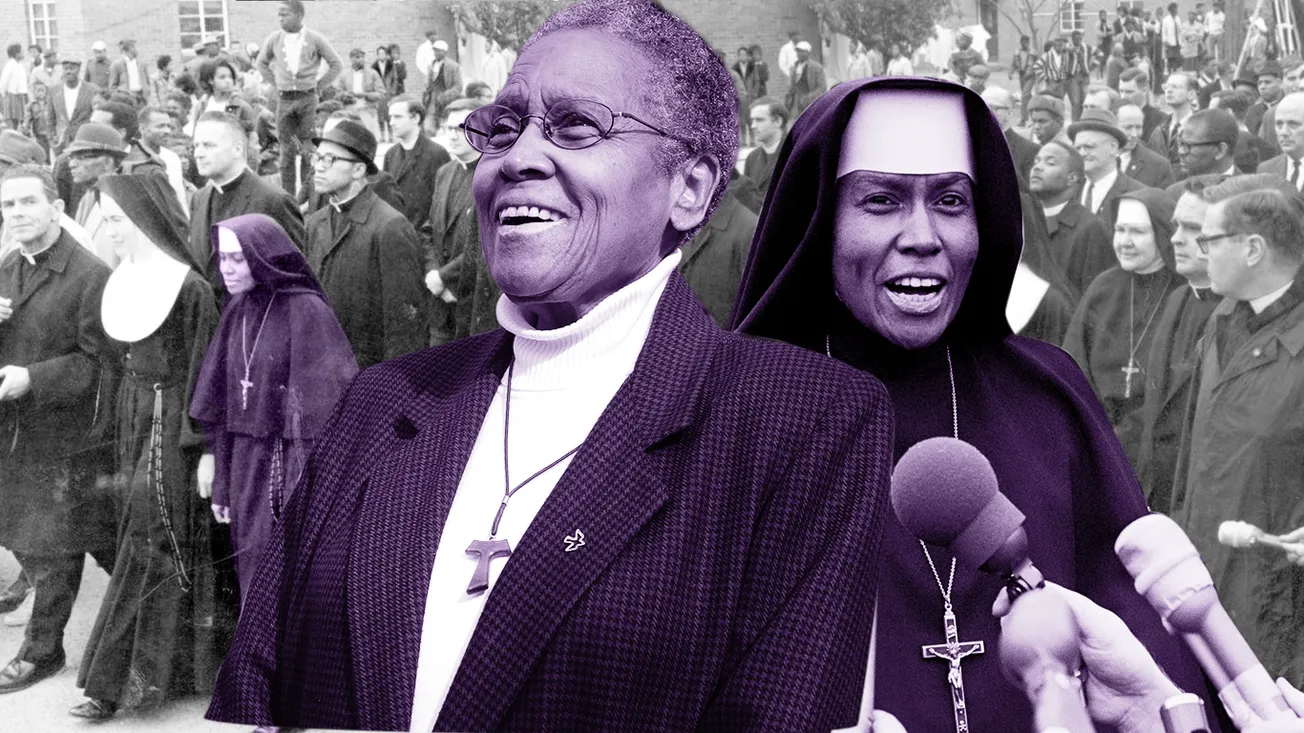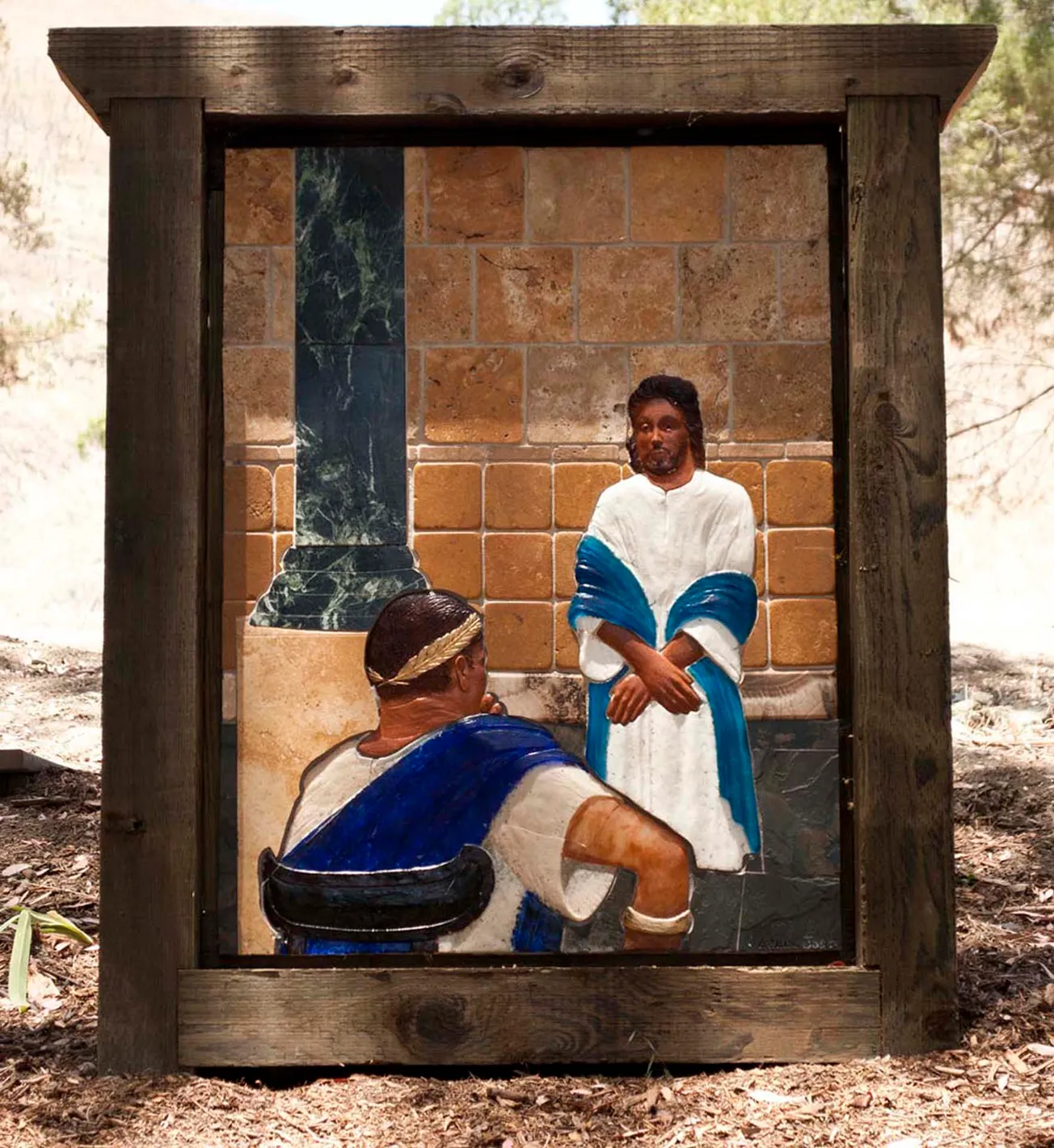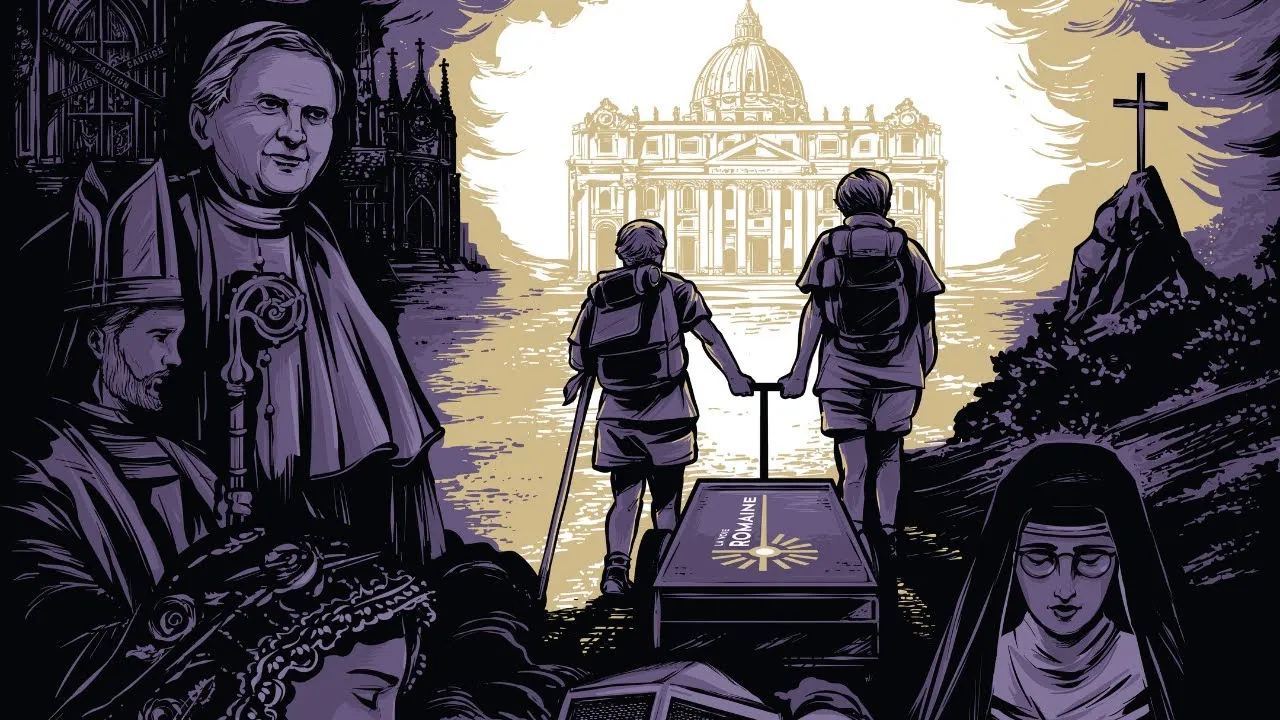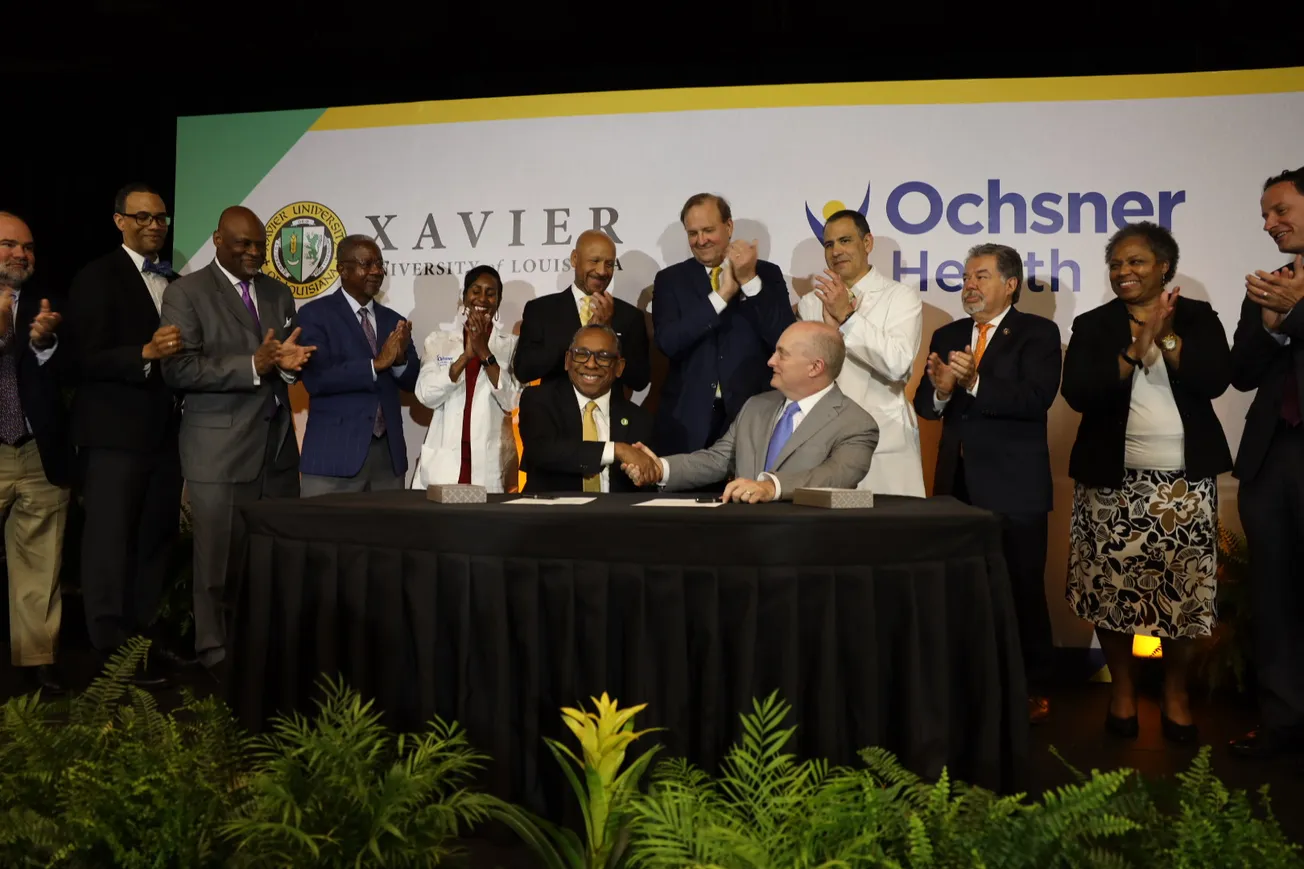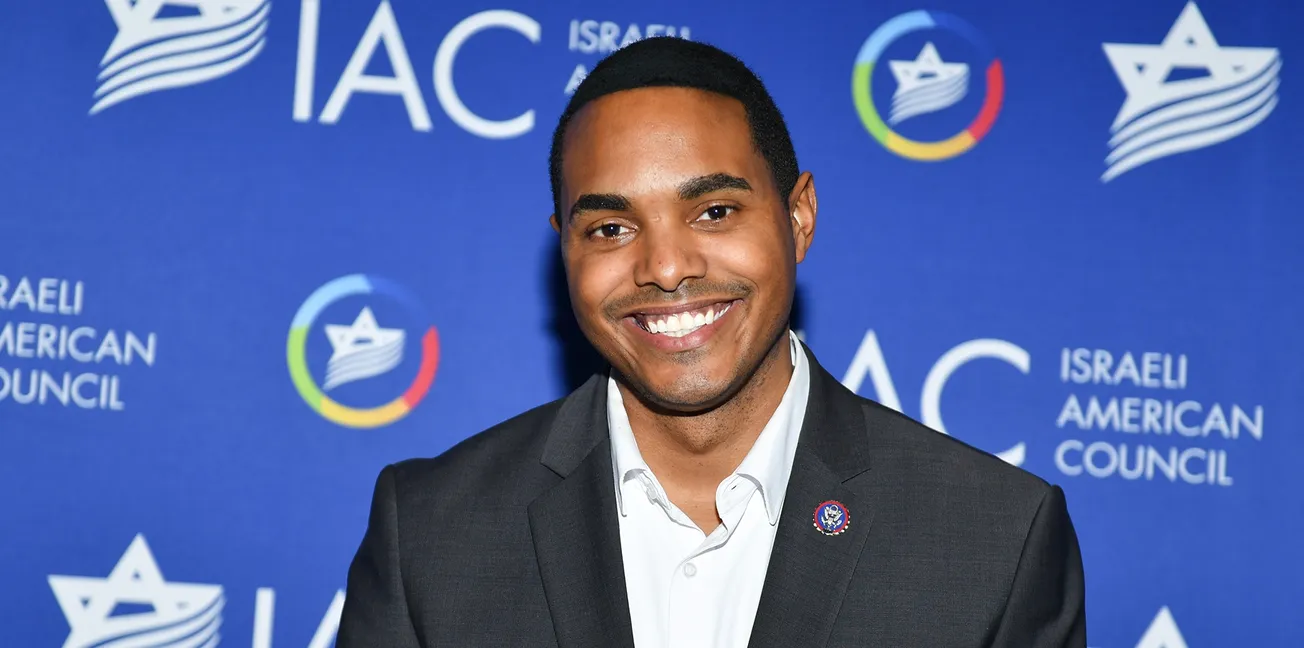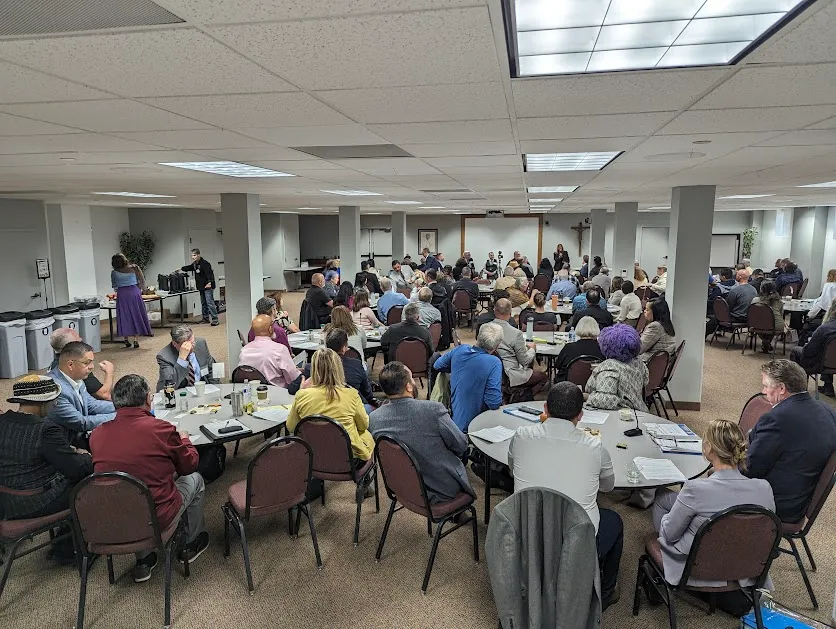Not too many things can unite Americans quite like the Sunday evening broadcast of “60 Minutes” on CBS. Being raised by an older Black generation that consumed television media as their primary source of information, I revered this program, featuring journalist legends like Dan Rather and Diane Sawyer. It was a staple in our household and it still remains with me even today.
Of special note are the broadcast’s human-interest stories with African-American subjects. The segment Mike Wallace did with Minister Louis Farrakhan in 1996 unpacked the leader’s controversial headlines and Black nationalist socio-political beliefs. In 2004, Ed Bradley re-examined the Emmett Till murder case and interviewed several of Till’s family members, discussing revelations related to the barbaric lynching.
In the late 1980s, however, came one of the show’s most iconic interviews, when Mike Wallace interviewed Servant of God Thea Bowman. This feature would further her national profile as a pro-Black and Afrocentric Catholic nun. The segment not only highlighted her crucial work related to her vocation but also the situation of African Americans in a still heavily segregated Mississippi.
Already a liturgical music master, scholar, and titan in Black Catholic spaces, Bowman, by means of this interview, helped propel her ministry of service to her people on a broader level. In return, the nation got a look at a true champion of social and economic advancement, a shepherd to her young Black children as a school administrator, and a defender of African-centered spiritual practices. Through this powerful depiction, the transfigured illumination of a saint burst through television screens and we all beheld the fullest expression of what it means to love God and neighbor.
Her segment on the show had many parts that still serve as a commentary on the condition of Black Catholics and Americans over 35 years later. With careful examination of this groundbreaking special, we can identify many prevailing themes with far-reaching implications.
For many in America, the issue of Black advancement and equal rights is met with indifference. When most non-Black “people of color” overwhelmingly disagree with reparations for the long-lasting impacts of slavery and systemic racism in America, we can see it's an “us vs. them” mentality. Moreover, when most statistics indicate a two-to-one or larger statistical disadvantage for Black Americans against their White peers, it’s easy to question the conscience of policymakers and the general American public’s view of the ongoing “Black problem.”
We can see in her “60 Minutes” episode that Bowman was a forerunner against this kind of willful neglect. After giving Wallace a debrief on the pro-Black affirmations she instilled in her schoolchildren, she explained the importance of the long process of educating African-American youth on their racial heritage and identity. Bowman mentioned that she frequently tells Black youth to repeat “Black is beautiful” and make a personal tie to their very being.
Thea uttered the phrase with no hesitation. Then she asked Wallace to affirm it, too. He casually brushed off her ask with a chuckle. Yet she didn't let him off the hook.
“I still didn’t hear Mike Wallace say 'Black is beautiful,’” she prodded.
Eventually, he gave in.
Back in the 1960s, during the era of the Civil Rights Movement, a renowned Pan-Africanist and Black Panther formerly of Dr. Martin Luther King Jr.’s faction, Kwame Ture (then known as Stokley Carmicheal), proclaimed the enduring mantra of “Black Power.” Entertainers like the iconic James Brown would shout, “Say it loud, I'm Black and I'm proud.”
Both affirmations had immense power that not only destroyed the stronghold of White systems of oppression but also served as a rallying cry for Black collective unity. With these two phrases of Afrocentric positivity, “Black is beautiful” can be seen as an empowering expression of Black psychology that raises the sacredness and dignity of Black life.
Wallace’s inclination to trivialize this positive affirmation reminds me that many White Americans and other privileged ethnic groups are, by default, uncaring toward African Americans. This goes back to King himself, who argued that Black people in the post-Civil Rights era are fighting for genuine equality in “The Other America.”
When people are afraid to utter affirmations like “Black is beautiful” or even a contemporary one like “Black Lives Matter,” we can see how systems or institutions of violence and racism can flourish. Instead of meeting the well-being of African Americans with callousness, the road of righteousness is to embrace the reflection of God’s presence in all of his people. With this recognition, tangible pathways for advancement will follow.
A chief example was Sr Thea, who aptly demonstrated on national television her willingness to confront systems of inequality with the Gospel. At that time in Mississippi, institutions and systems maintained the legacy of Jim Crow. Every facet of life in her city of Canton was separate and unequal, from the schools to the graveyard.
Instead of retreating and shying away from this difficult reality, Thea’s living witness of love for God and neighbor was at the center of her religious vocation. From her dynamic singing with gospel choirs across the country to her preaching missions on a similar scale, Bowman had an unwavering hope of bridging the social divide of Blacks and Whites. She sought to be the ambassador of Black Catholics and African Americans to help change prevailing attitudes that sowed seeds of discrimination.
Many often conclude that to attack prejudiced thinking, a change of heart must happen. If we value this method, we must have archetypes that typify such an approach. Thea, leading with a virtuous display of charity, made for the possibility of conversion and helped others overcome racist sentiments and their violent fruits. Her words reverberated a bold condemnation of the status quo in Mississippi and across the country for African Americans. Bowman’s example is one that the U.S. Catholic bishops could emulate even today, to ensure that the grip of economic and social inequality doesn’t further threaten Black well-being.
The “60 Minutes” special on Sr Thea does a marvelous job at displaying the captivating attraction of Afrocentric Catholicism. This devotion was special to Thea because for her, being a descendant of African spirituality and incorporating this into Catholicism were inseparable matters. Her work in helping to create the “Lead Me, Guide Me” hymnal for Black Catholics conveyed her beliefs here. Consider her own words in its preface:
“Black sacred song has been at once a source and an expression of Black faith, spirituality and devotion. By song, our people have called the Spirit into our hearts, homes, churches, and communities.”
Bowman had a profound understanding of our unique customs and expressions thriving across the diaspora and borne of the Middle Passage. Her acclaimed speech to the nation’s bishops in 1989 echoed these same beliefs on how African-descended people shaped Christianity across the globe. She saw African song, dance, art, and culture as an invigorating element that shouldn't be ignored in how Black Catholics practice their faith.
Hearing her words and understanding how she sees the relationship of African spirituality with Christianity, we should all take note. In Thea’s eyes, Black Catholics come “fully functioning” to worship and serve their God, and attempts to place barriers on our expression deny our dignity as worshippers of the Creator. More importantly, the attempt to chastise Black Catholic expression decimates our tie to centuries of ancestors and the practices they forged during enslavement.
The beautiful thing about Sr Thea that many can relate to is that she is a holy woman so close to us in time. It was only 33 years ago that she received her heavenly crown. From her teaching career, dynamic preaching style, and work as a renowned liturgist, many today can easily reach back and share in the wisdom she imparted. Her closeness makes her a bridge between the unclaimed promises of the Civil Rights Movement and the needs of African Americans in the 20th century and beyond.
I’m glad that American media, however briefly, gave the spotlight to one of our most cherished figures in Black Catholic history. Her remarkable testimony was a spearheading moment that rightfully positioned our Black Catholic identity with the proper respect it deserves in the Church.
Efran Menny is a husband, father, and regular contributor for BCM. His work is informed by his experience as an educator and his studies in social work. He has a passion for elevating topics on justice and theology for Black Catholics.
